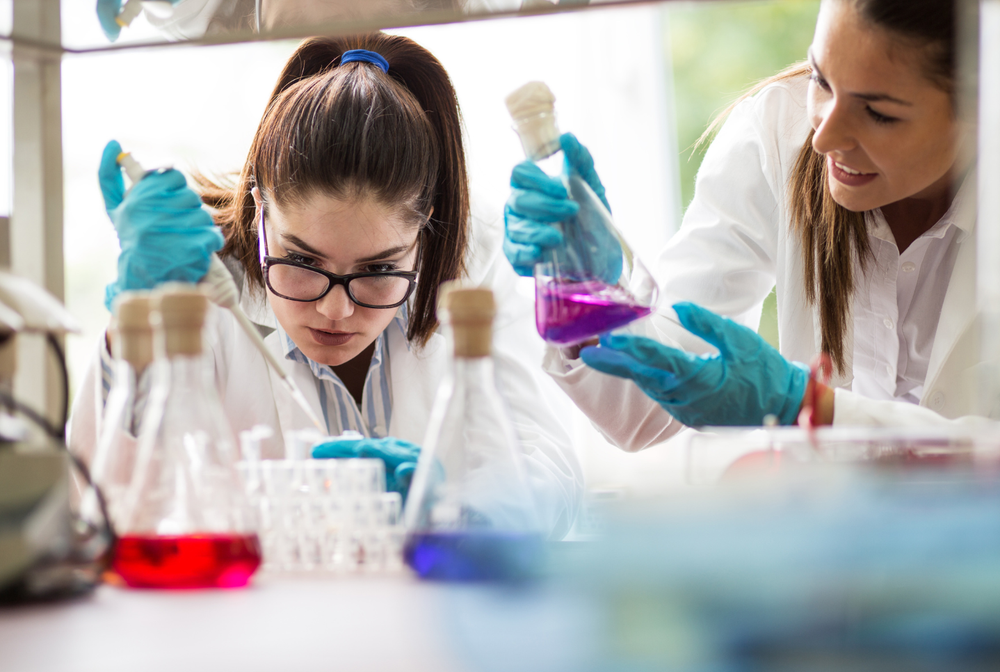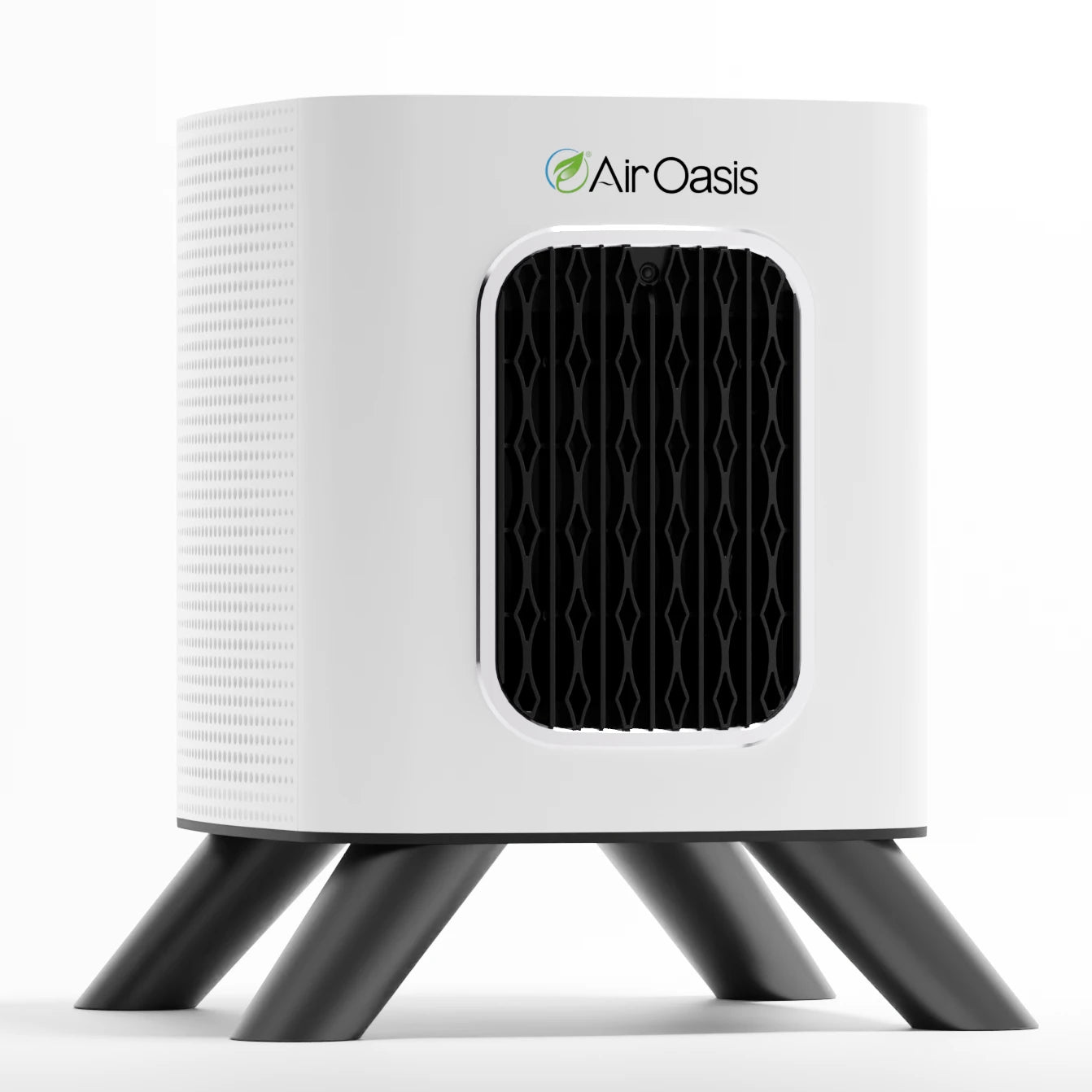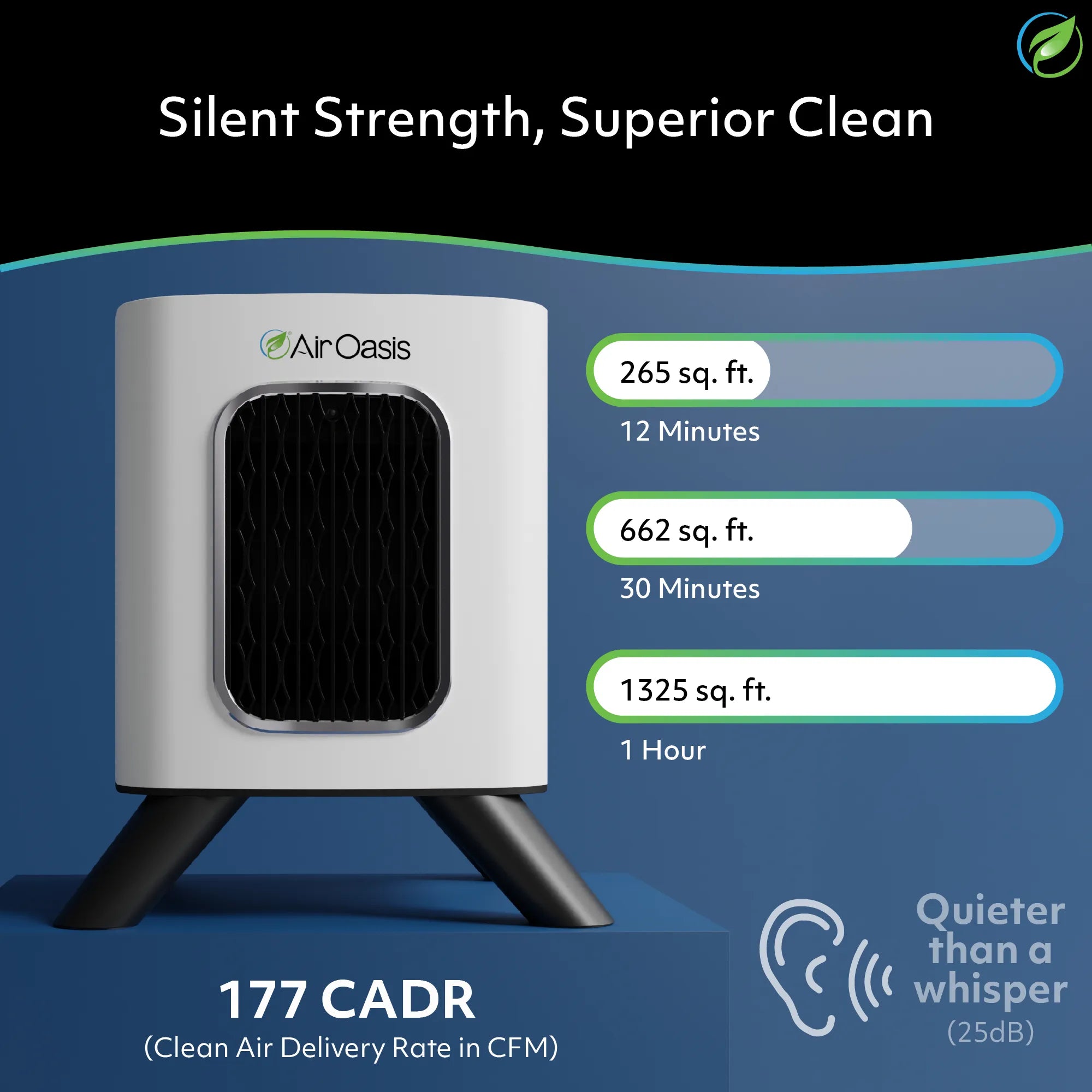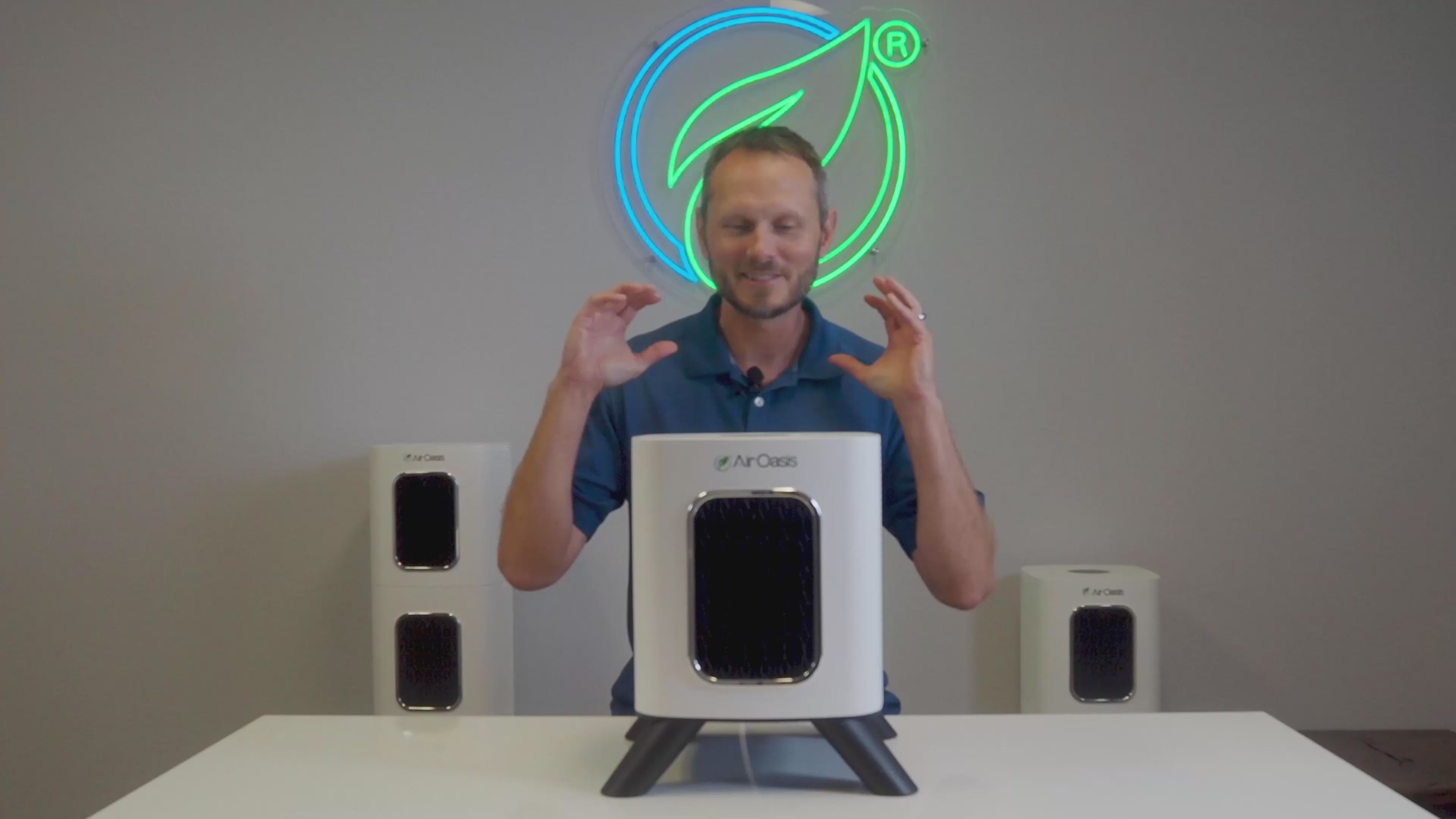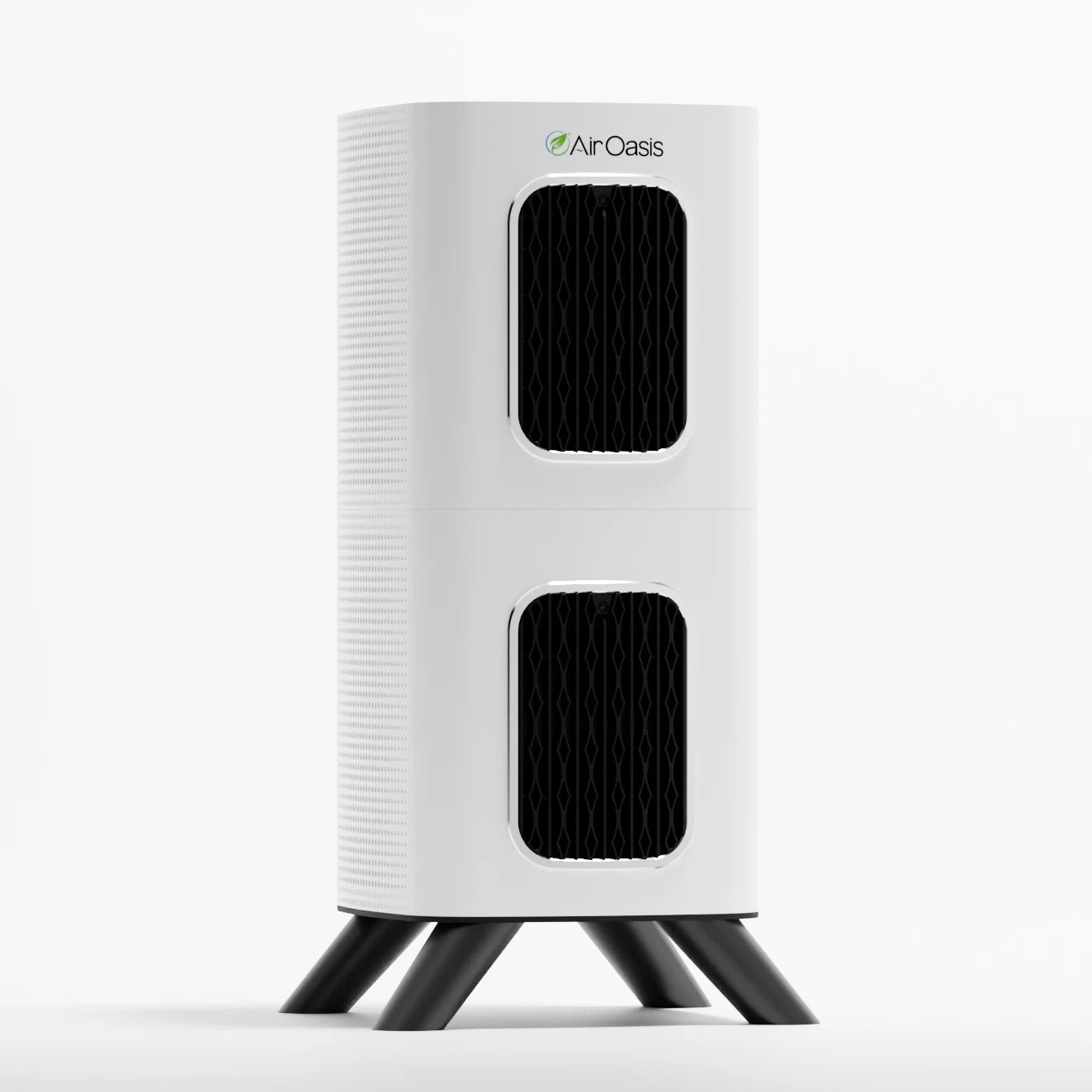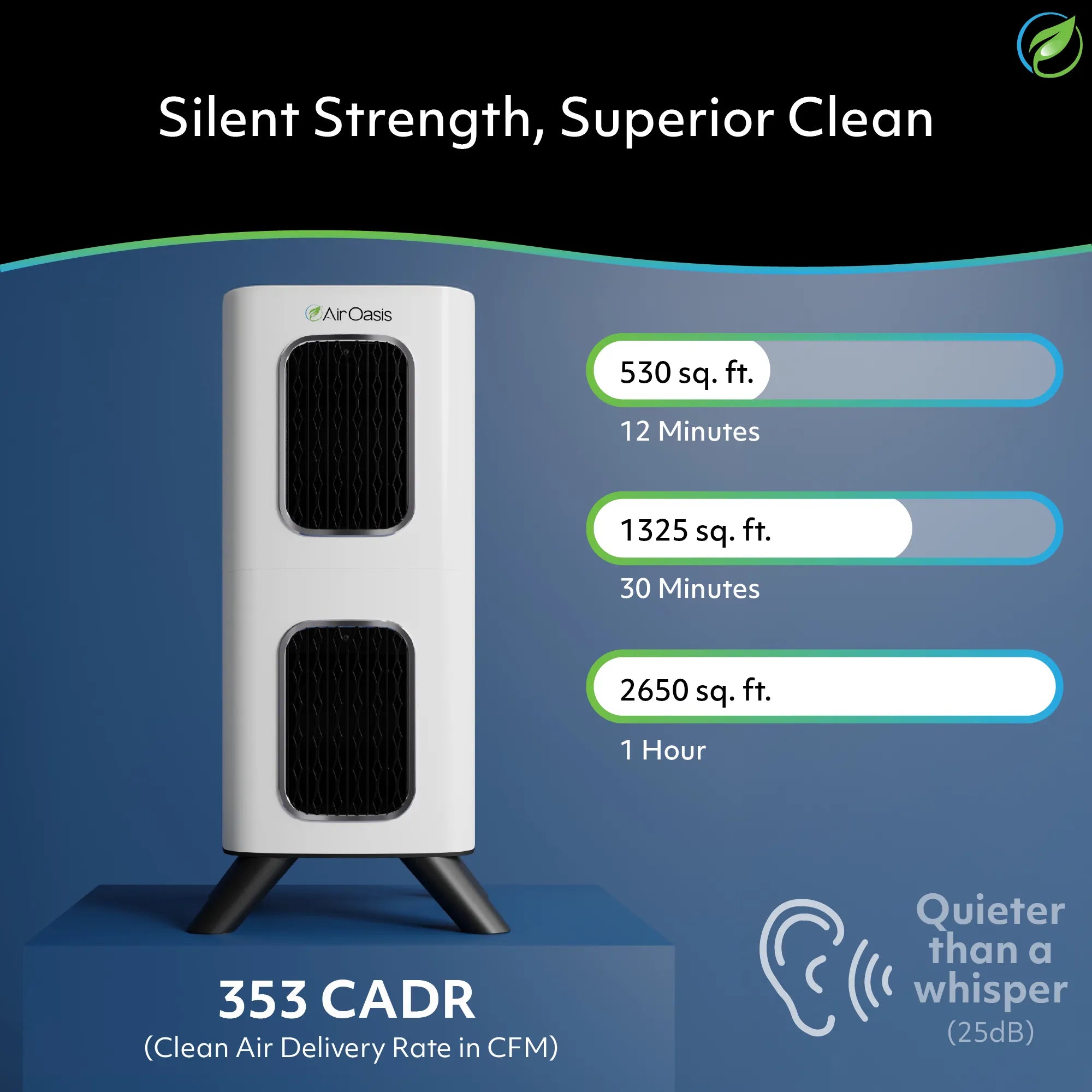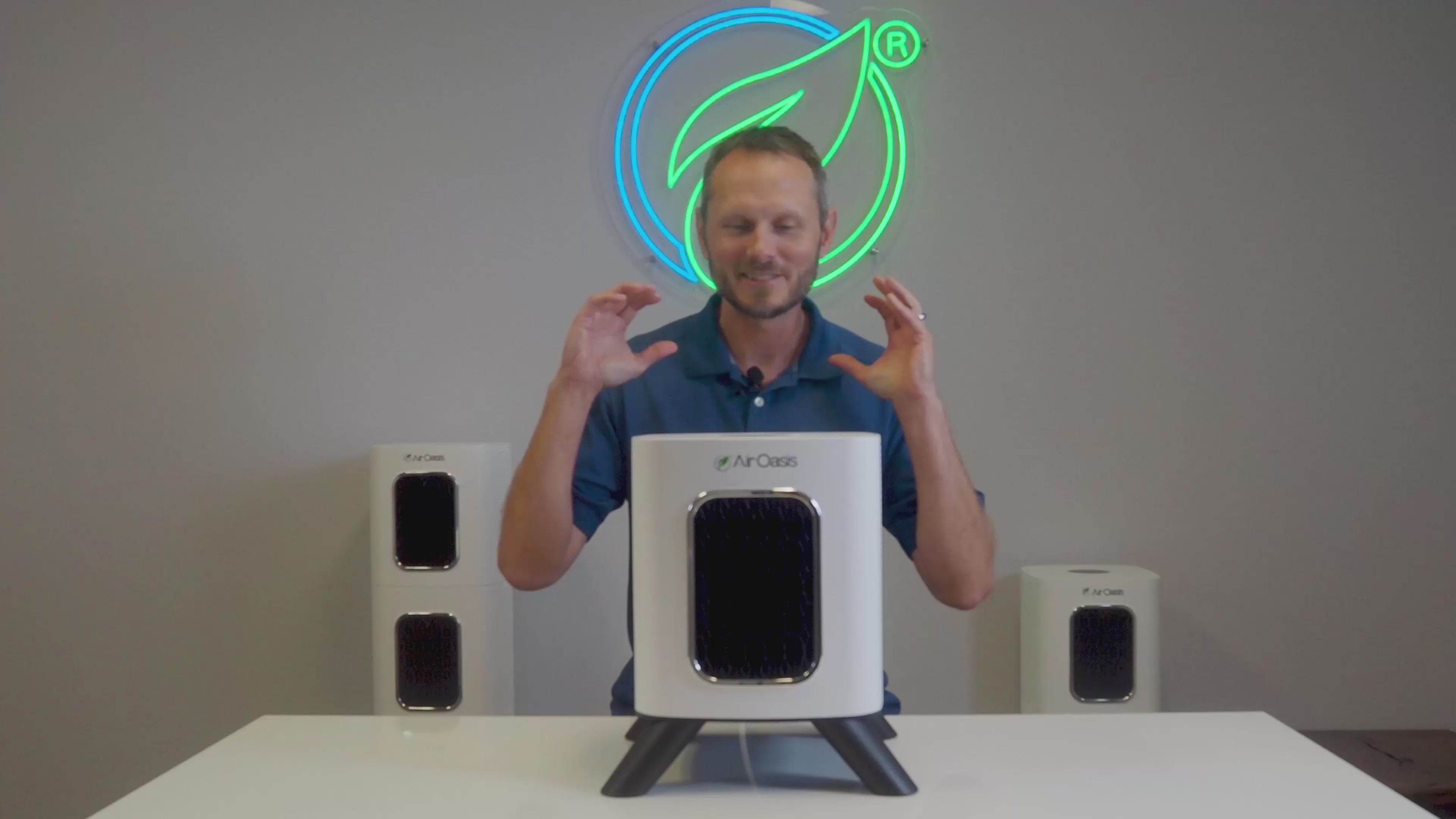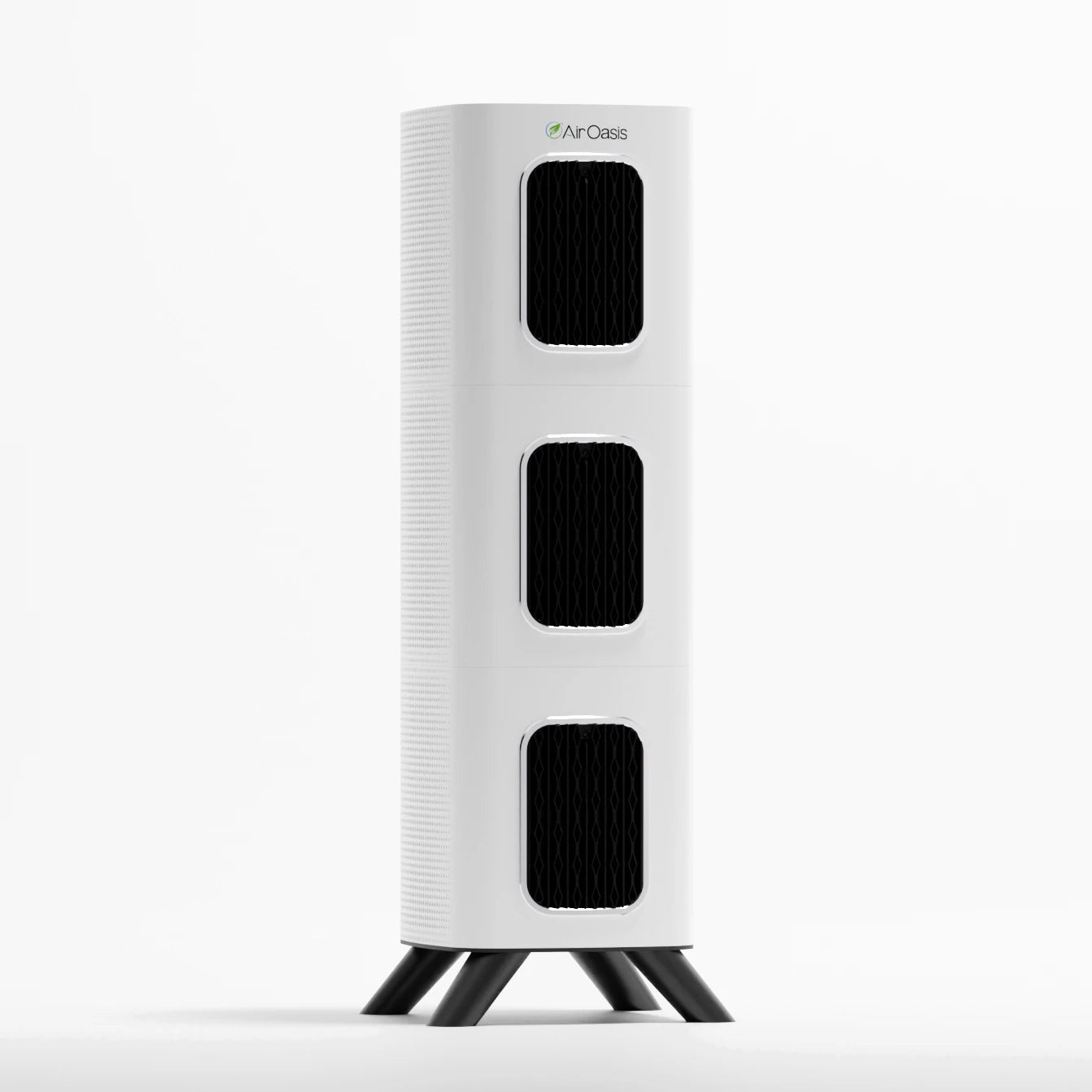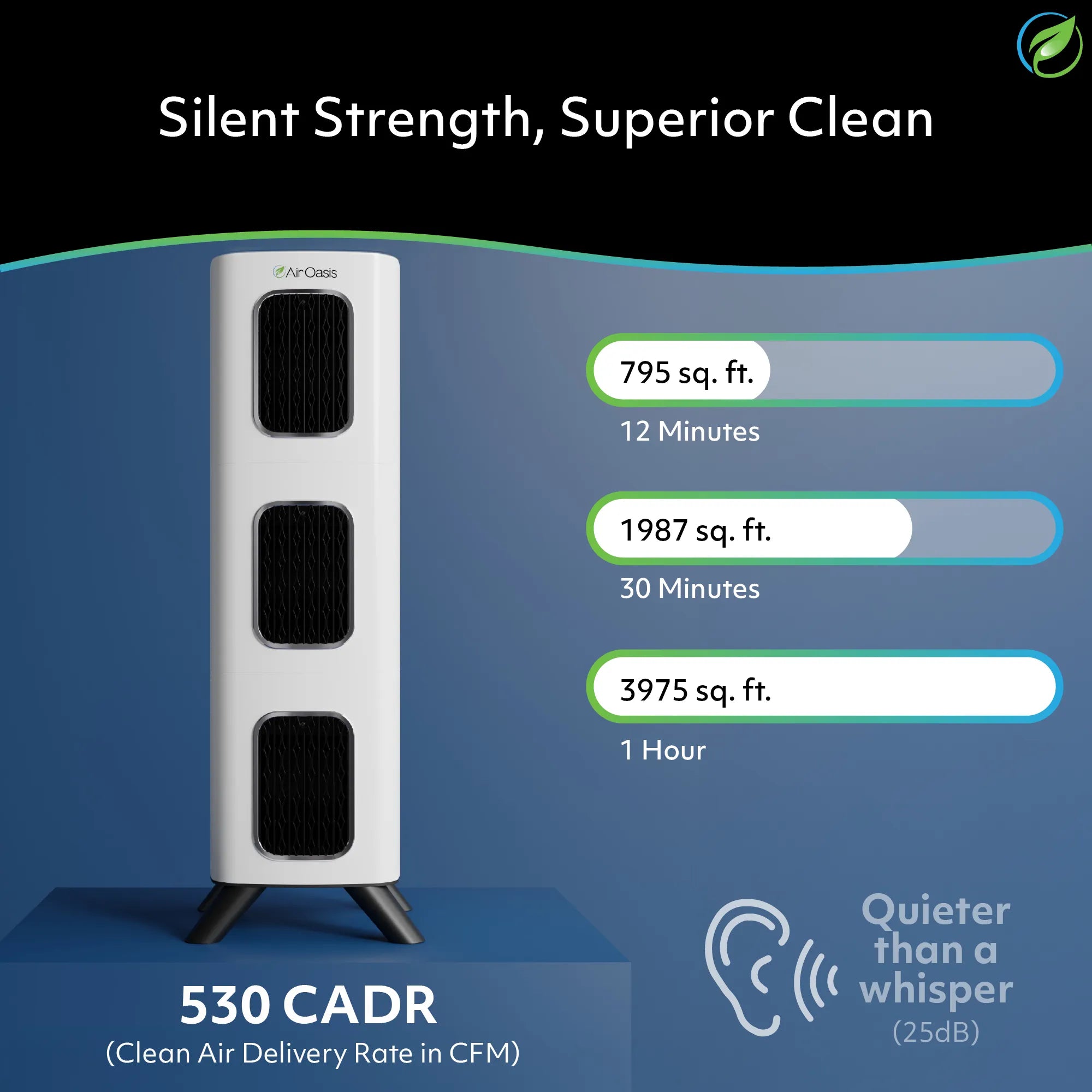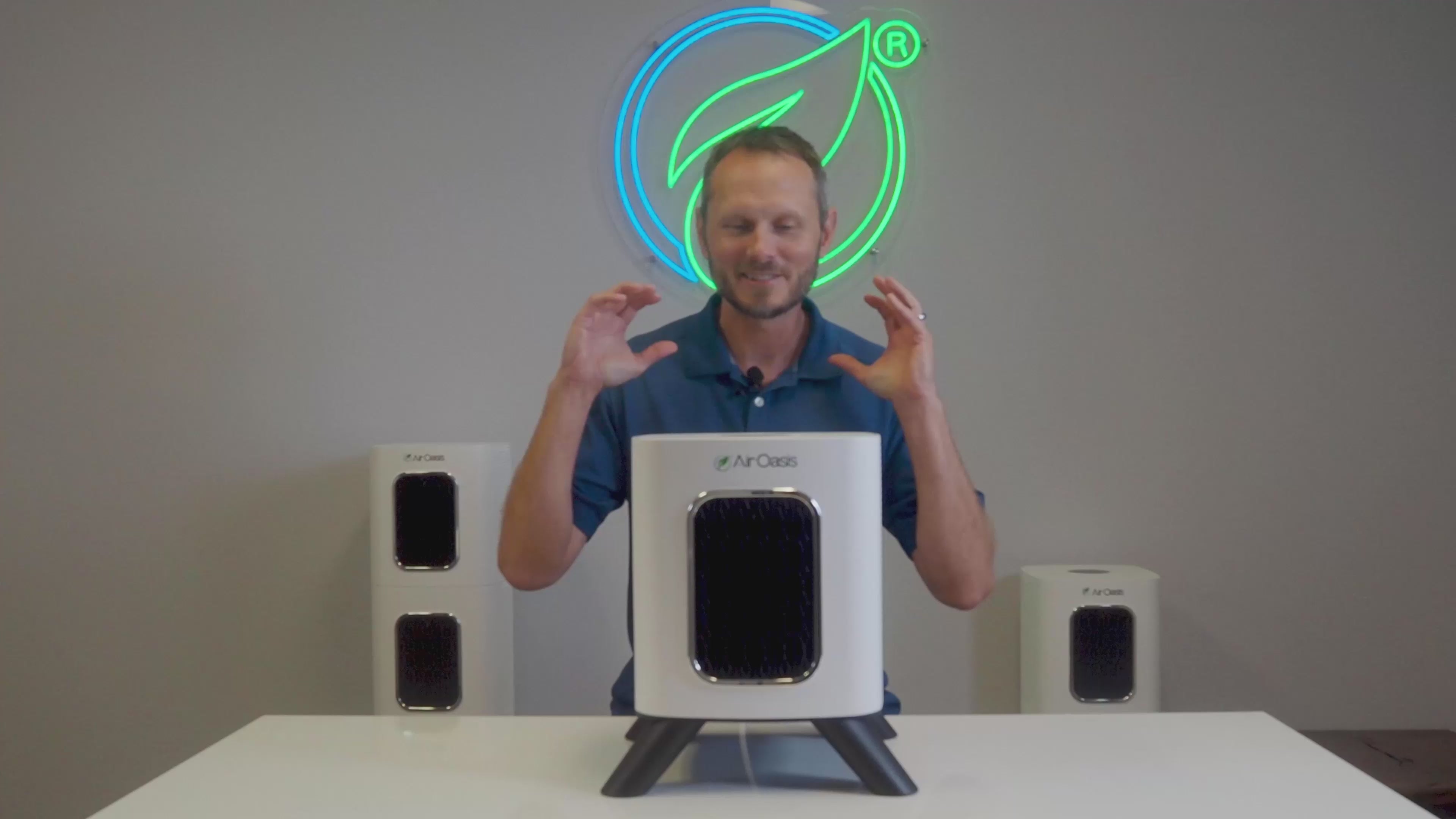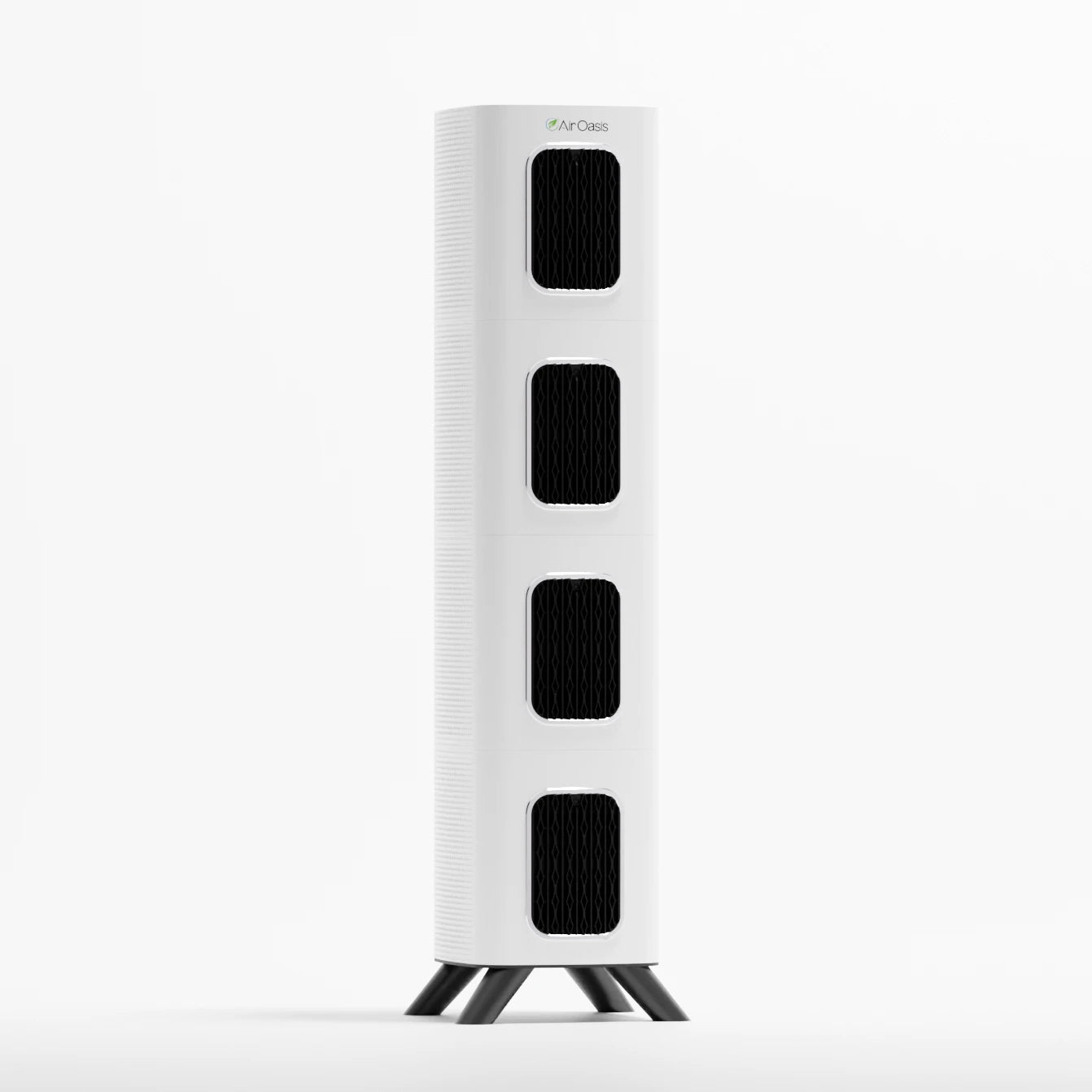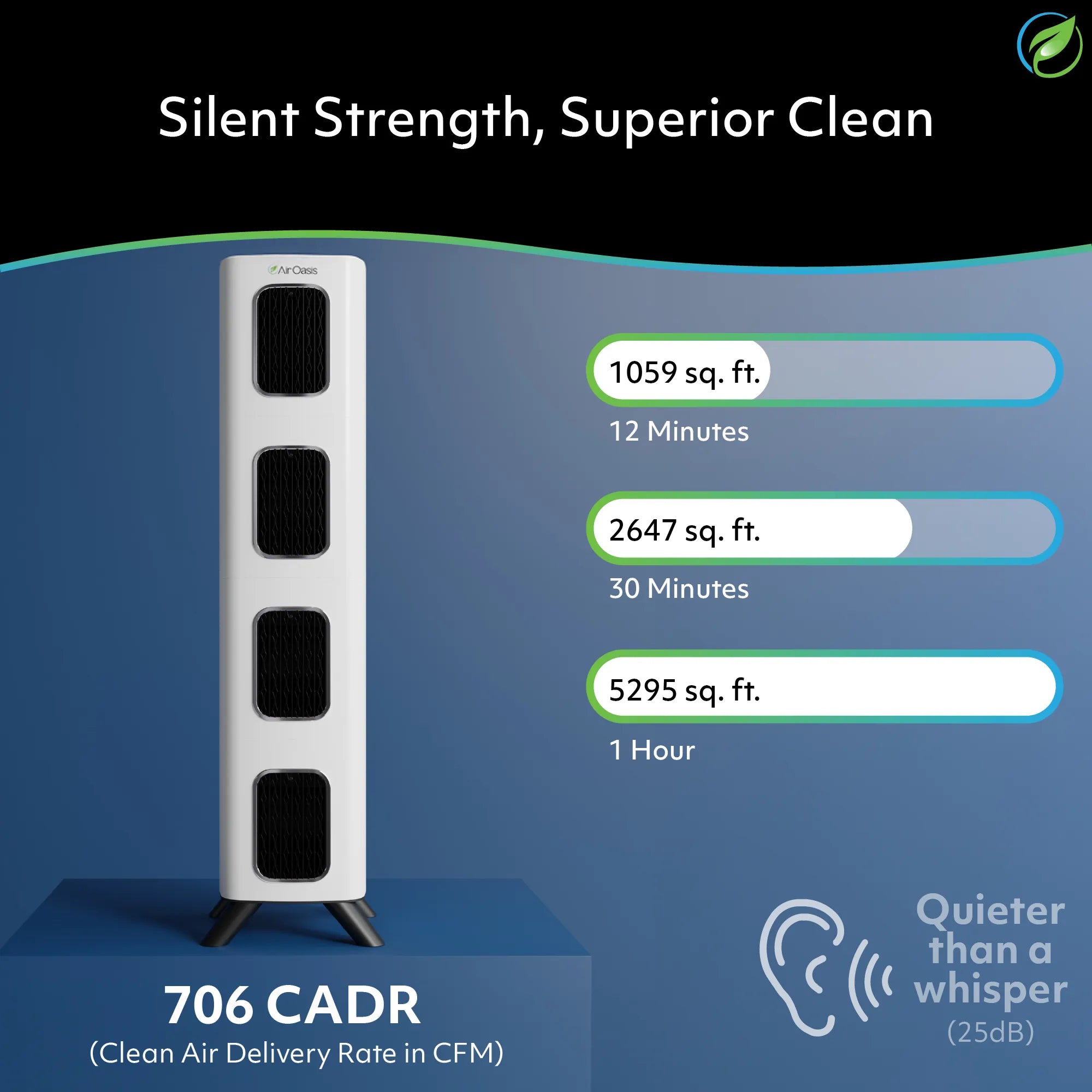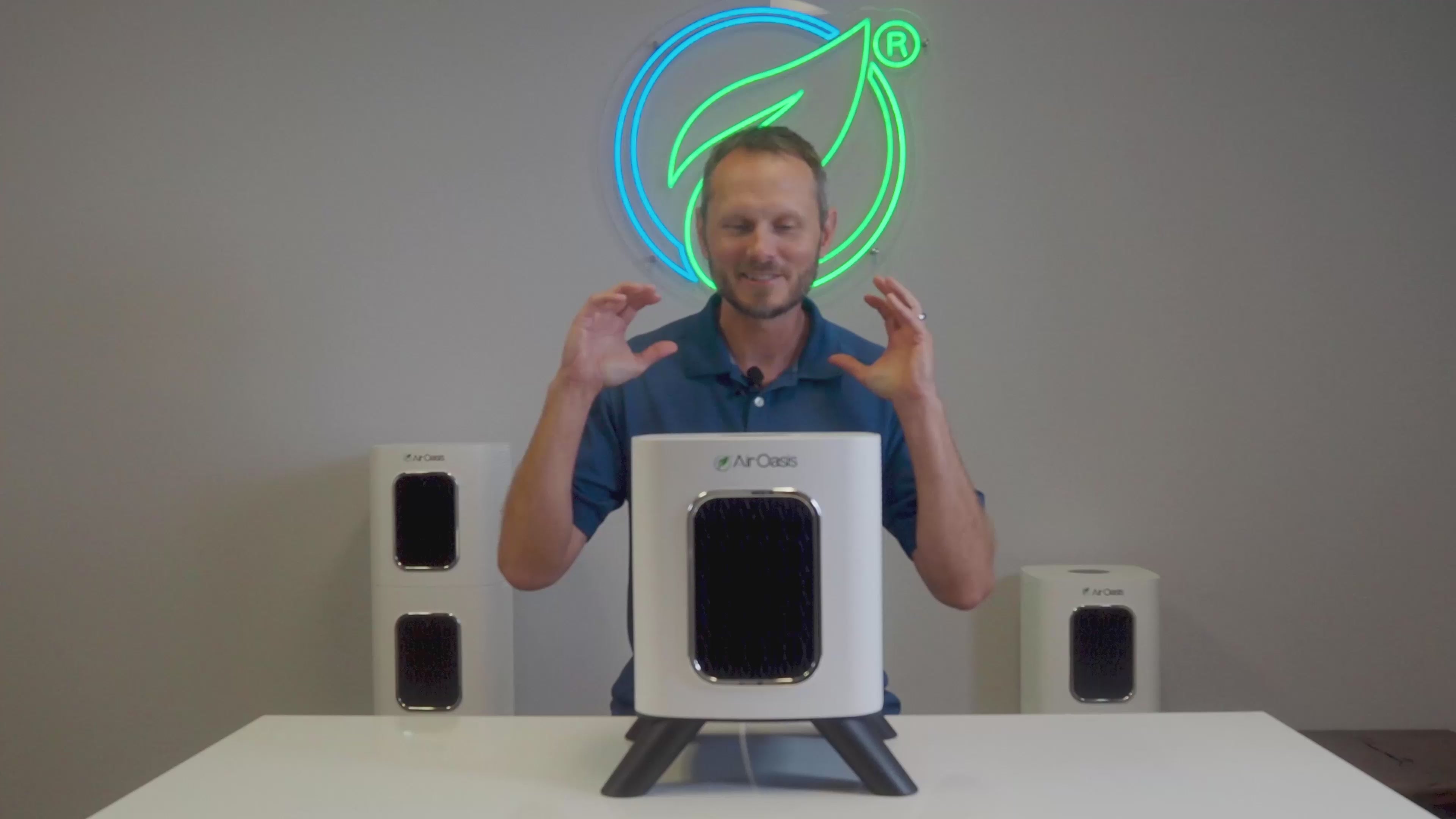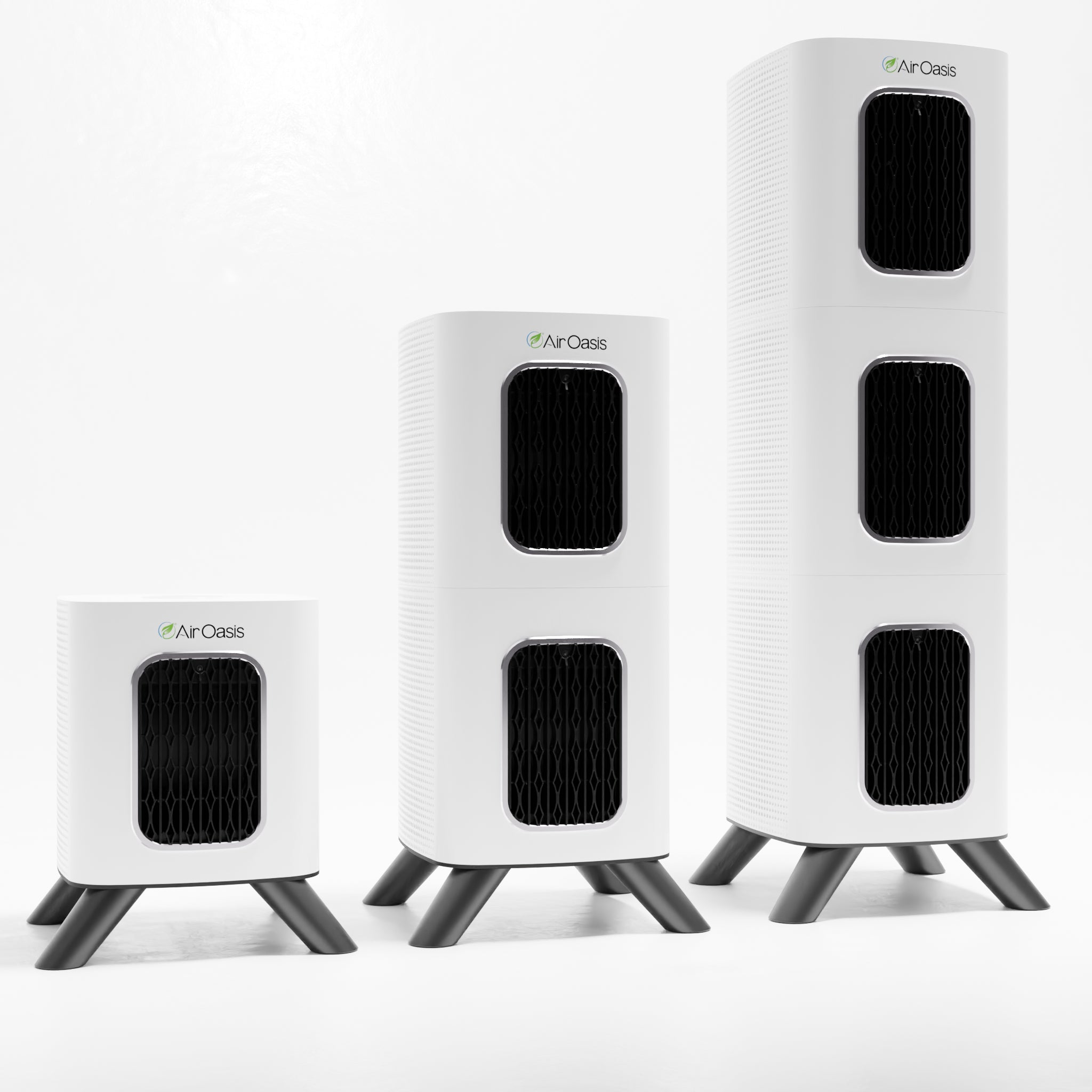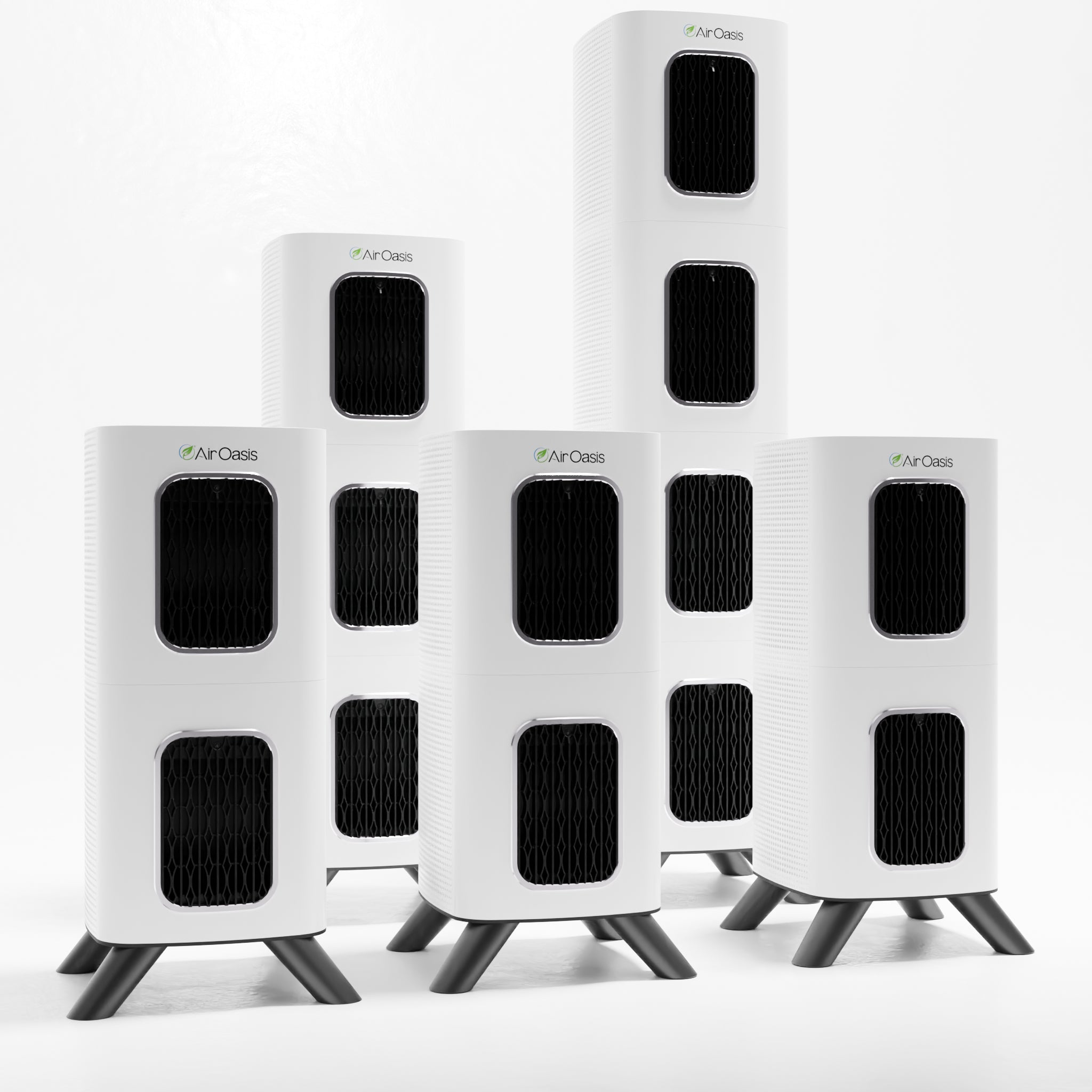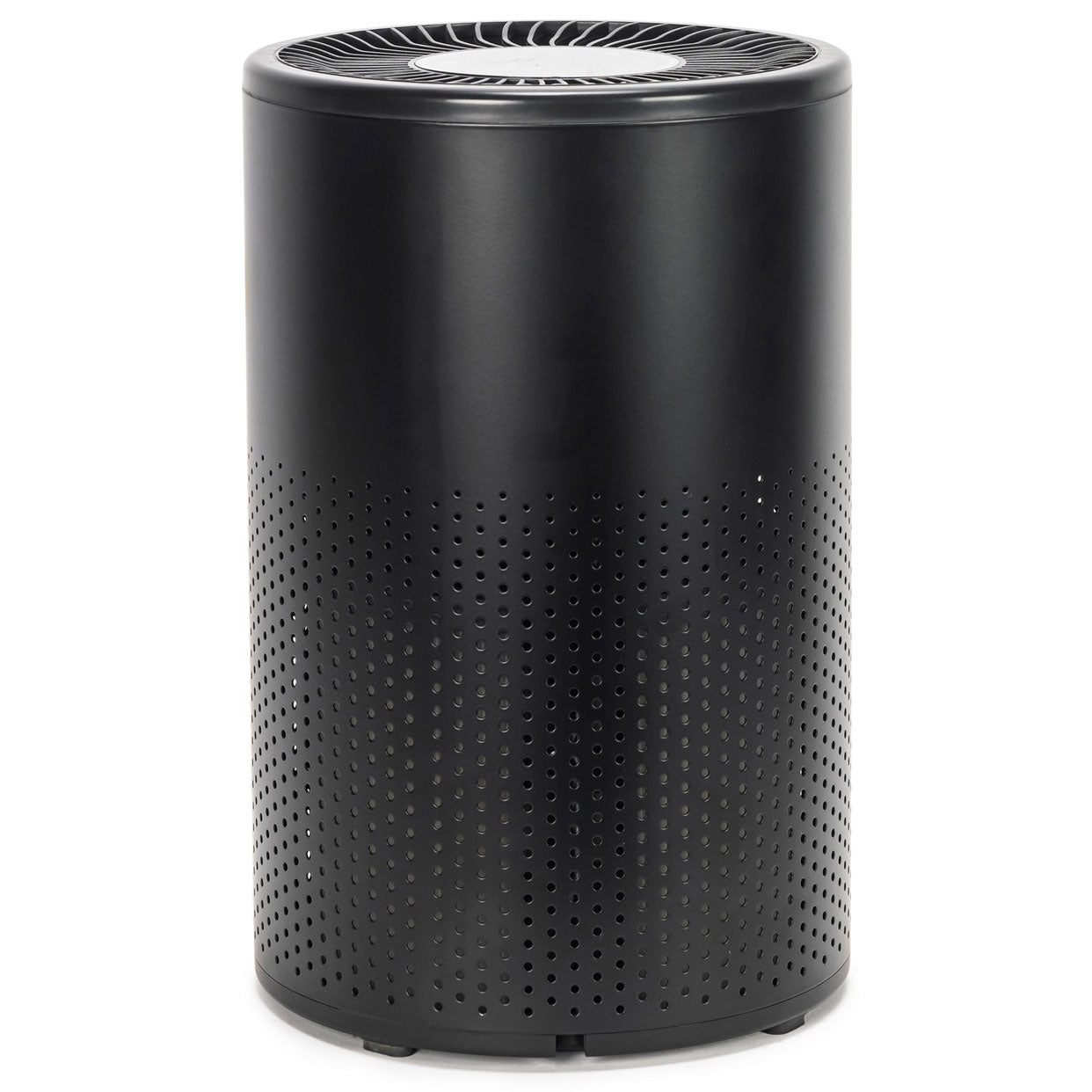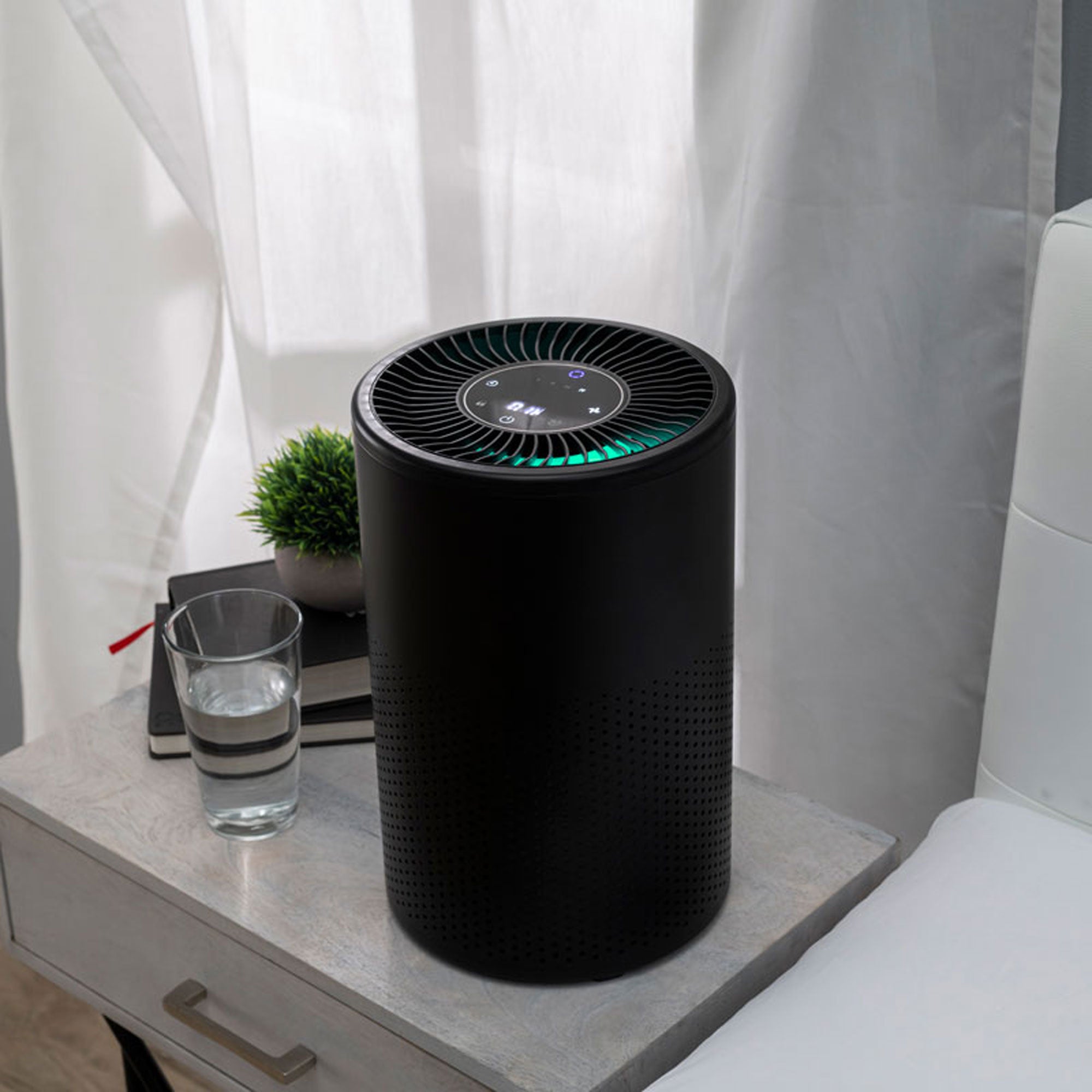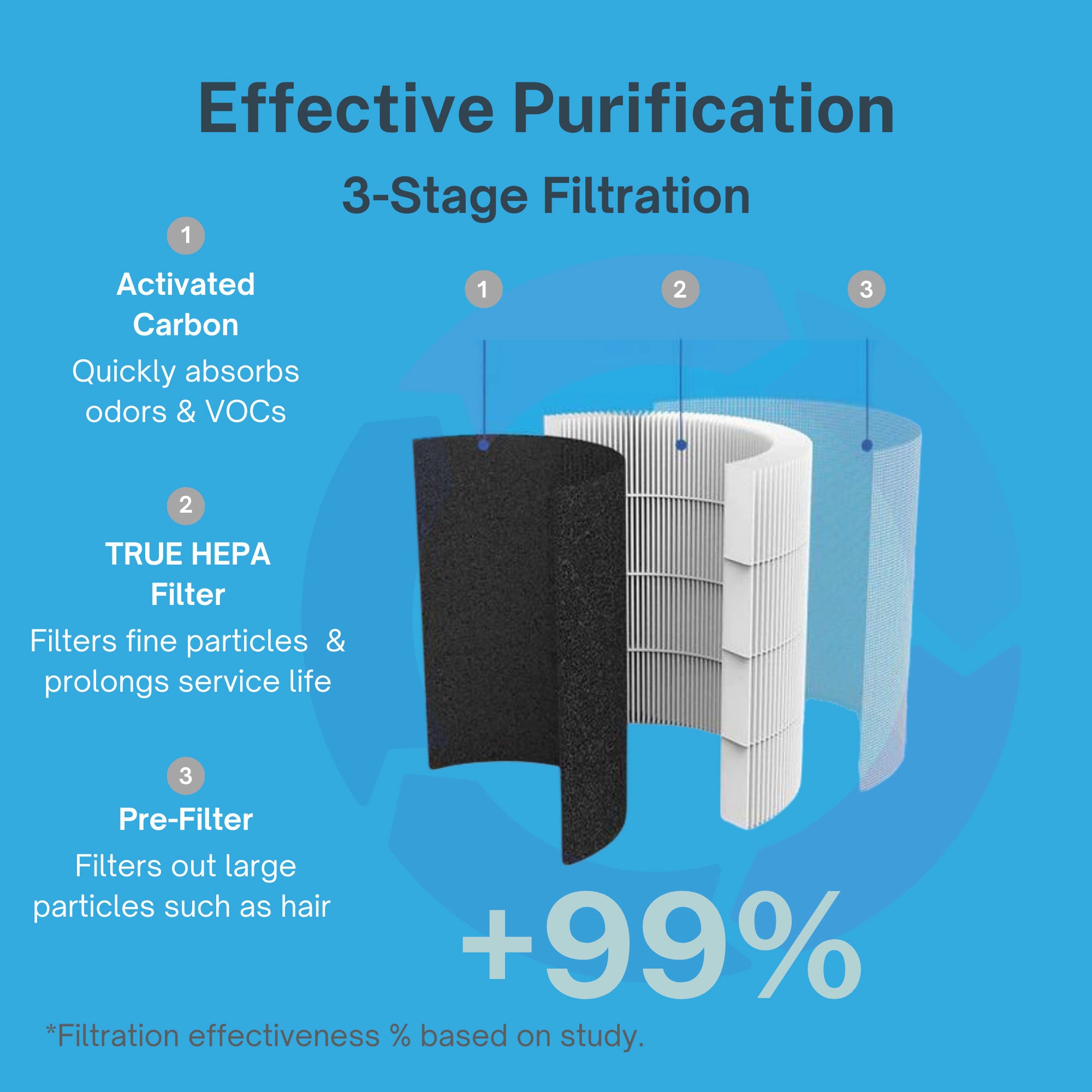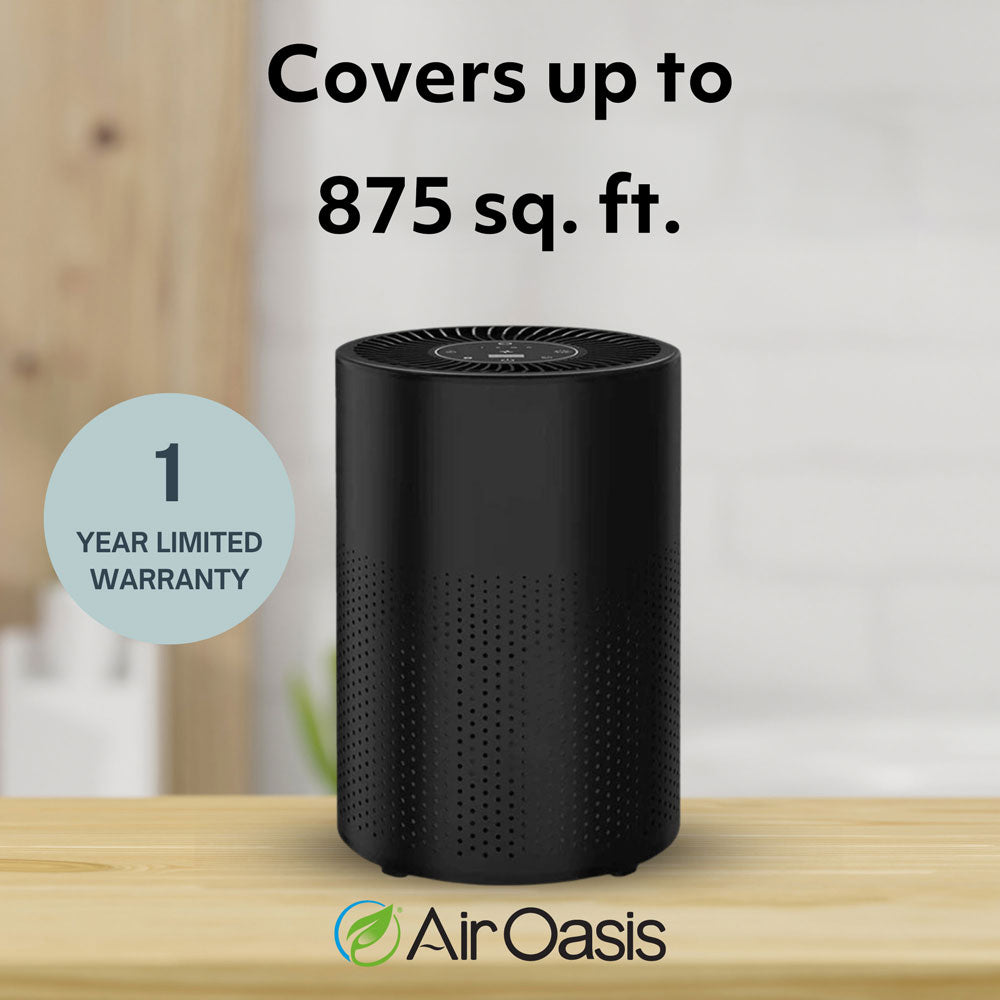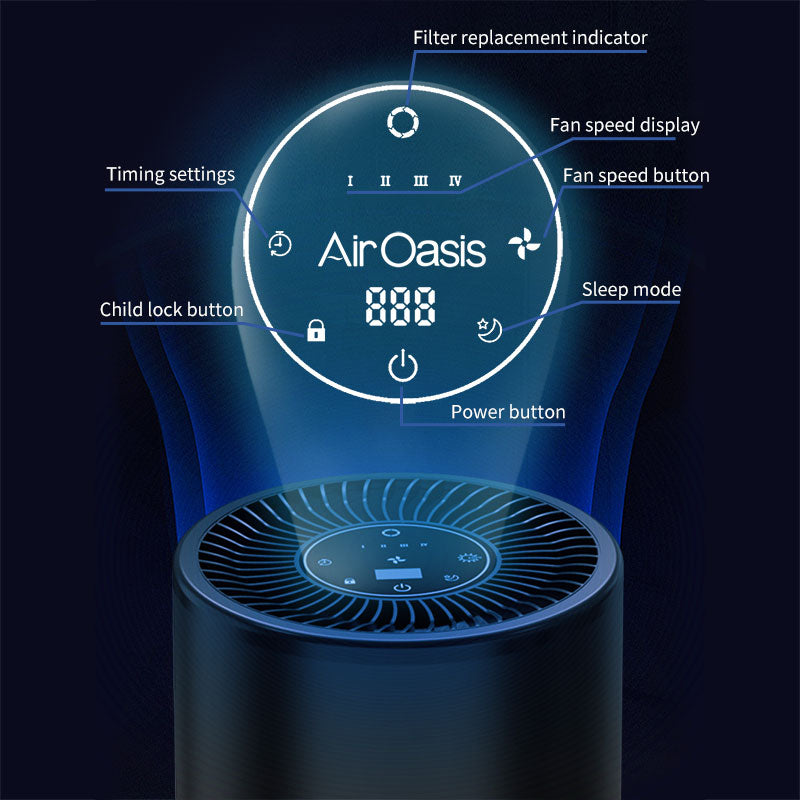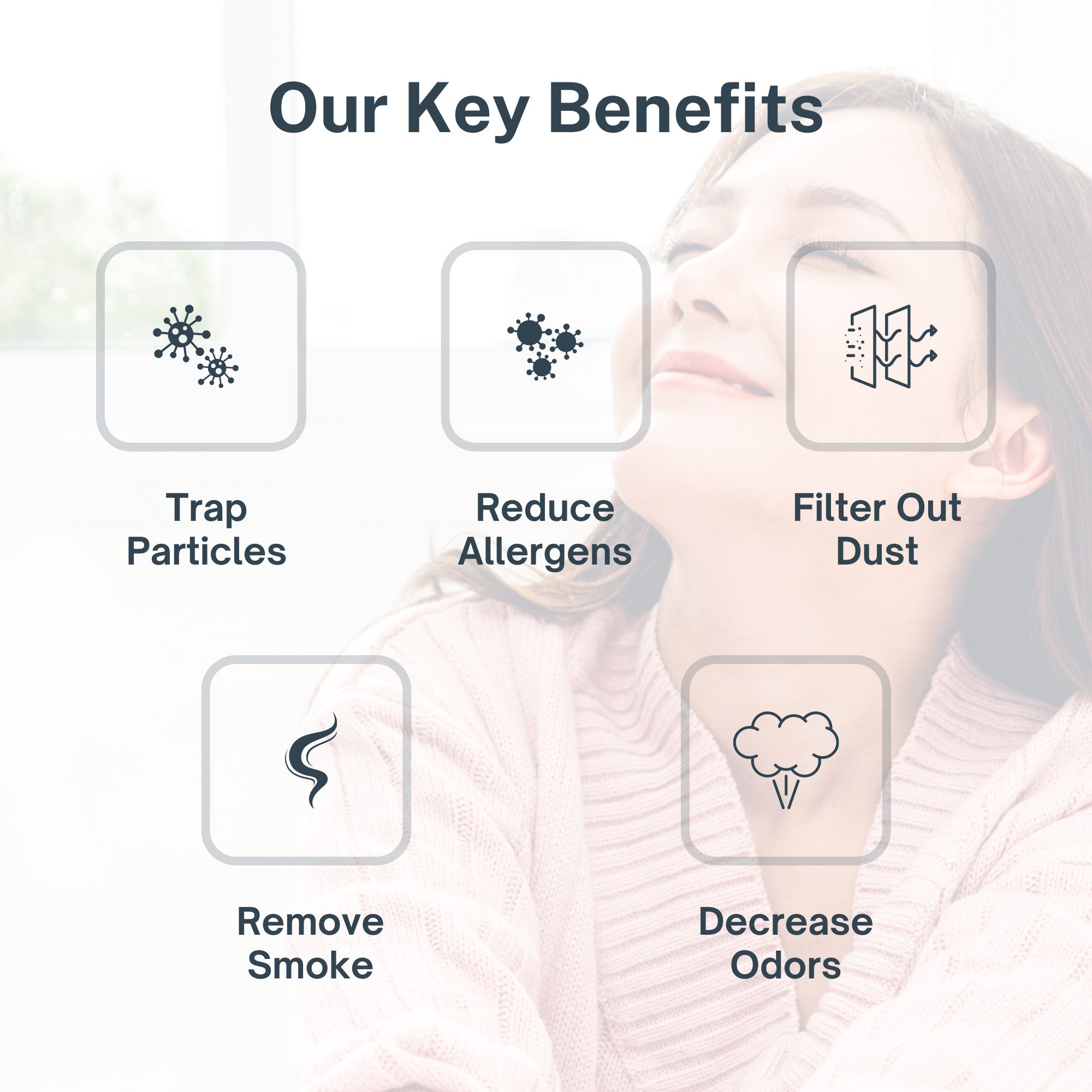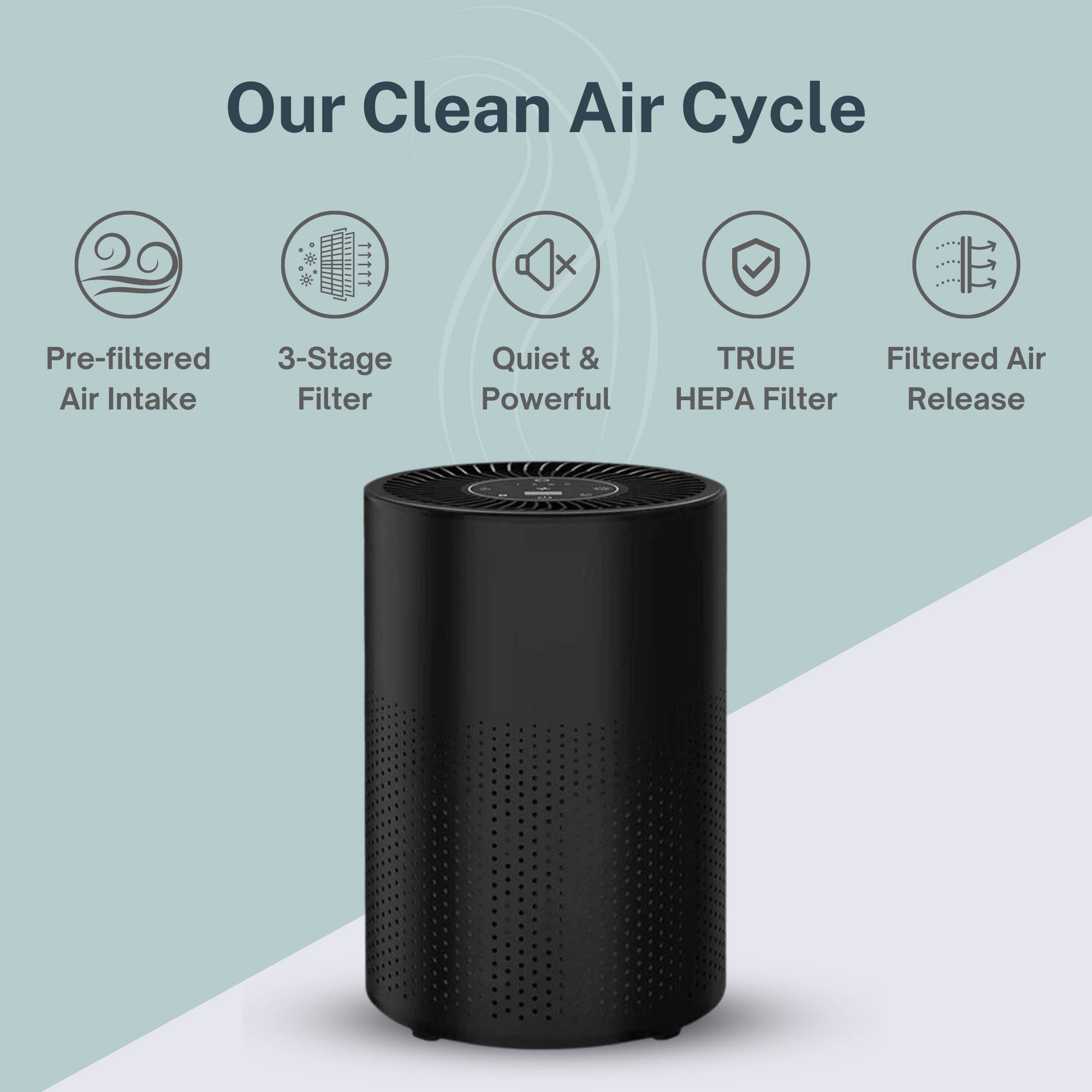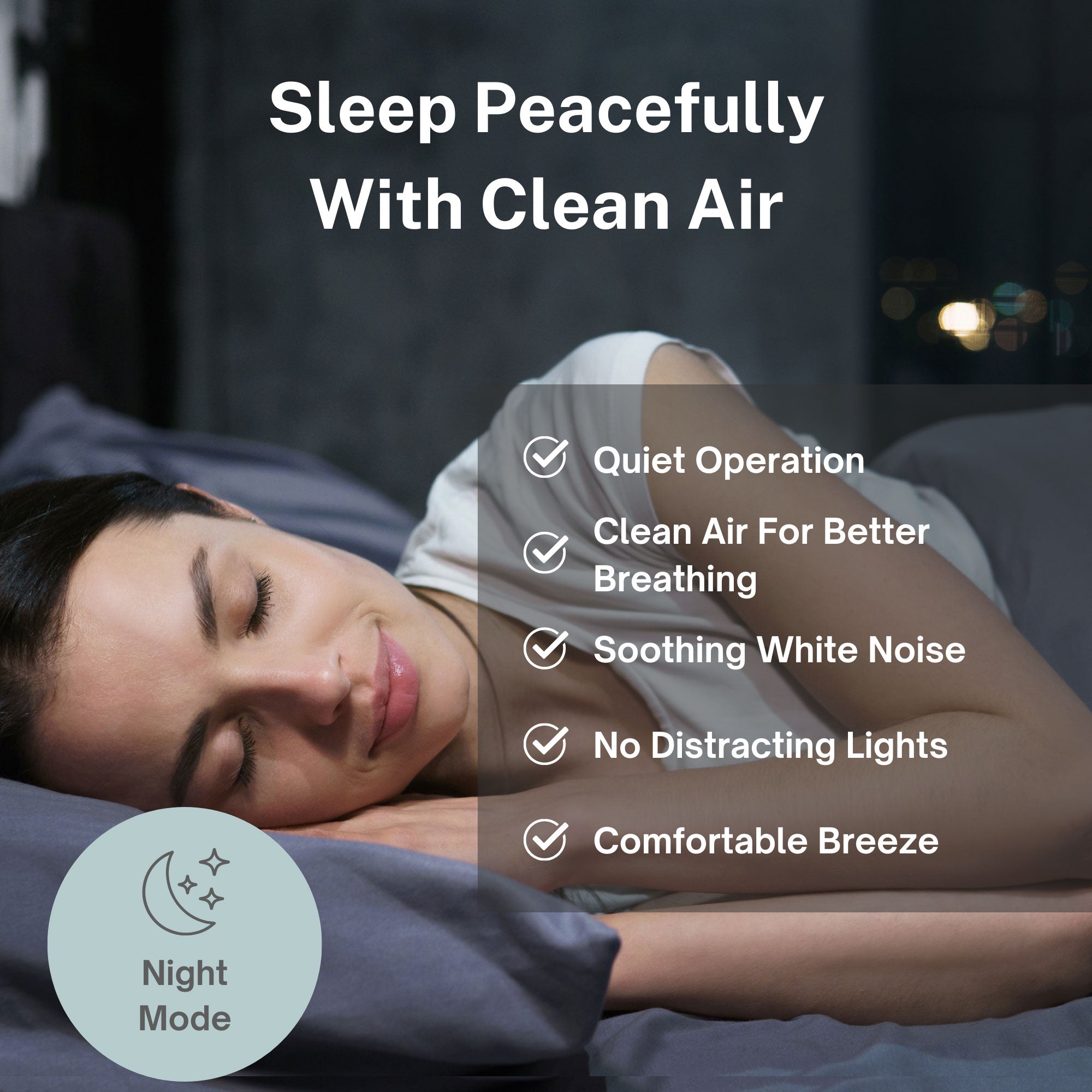Dalhousie University's anatomy lab closure in October 2025 exposed a troubling reality: laboratories where future doctors train can harbor dangerous air quality problems for years without detection. Formaldehyde levels exceeding Nova Scotia standards forced the medical school to shut down its cadaver lab, leaving students without hands-on anatomy training. This incident reveals broader concerns about air quality in laboratories, research facilities, and educational institutions nationwide.
Understanding Laboratory Air Quality Hazards
Laboratories present unique air quality challenges that distinguish them from typical indoor environments. Chemical preservatives, experimental compounds, biological specimens, and research processes release contaminants that accumulate without proper ventilation and air quality management.
Formaldehyde represents one of the most common laboratory air pollutants. This colorless, pungent chemical preserves biological specimens and disinfects surfaces. Medical schools rely heavily on formaldehyde to preserve cadavers for anatomy instruction. The chemical prevents tissue decomposition, allowing students to study human anatomy over extended periods.
However, formaldehyde is a known carcinogen. Even at very low levels, it irritates eyes, nose, and throat. Prolonged exposure causes respiratory problems, skin reactions, and increased cancer risk. The substance evaporates from preserved specimens, accumulating in laboratory air. Without adequate ventilation, concentrations rise to dangerous levels.
Dalhousie's situation illustrates how easily laboratory air quality problems escape notice. The university hadn't tested formaldehyde levels in a decade. During that time, Nova Scotia lowered acceptable exposure limits from 0.3 parts per million to 0.1 ppm in 2017. The anatomy lab failed to meet the updated standard when finally tested in summer 2025.
The school attempted ventilation system modifications. Those changes failed to reduce formaldehyde concentrations sufficiently. A second round of testing confirmed the problem persisted. Dalhousie shut down anatomy labs at all three medical school locations: Halifax, Cape Breton, and Saint John.
Beyond Formaldehyde: Other Laboratory Air Contaminants
Formaldehyde isn't the only laboratory air quality concern. Research facilities handle hundreds of chemicals that pose inhalation hazards. Volatile organic compounds evaporate from solvents, reagents, and experimental materials. These compounds cause headaches, dizziness, respiratory irritation, and long-term health effects with repeated exposure.
Biological laboratories face additional risks. Microorganisms used in research can become airborne. Bacteria, viruses, fungi, and other pathogens circulate through laboratory spaces. Proper containment prevents most exposures, but system failures or improper techniques release these organisms into the air.
Chemical reactions generate unexpected air pollutants. Experiments produce vapors, gases, and aerosols that researchers might not anticipate. These byproducts accumulate in laboratory air, creating exposure risks for everyone in the facility.
Animal research facilities contend with allergens from fur, dander, urine, and feces. These biological materials become airborne and trigger allergic reactions in laboratory workers. Some people develop severe sensitivities after repeated exposure, forcing them to abandon research careers.
Pathology labs, dental schools, and funeral services face similar formaldehyde exposure issues as medical school anatomy labs. Any facility that preserves biological specimens or performs embalming procedures releases formaldehyde into the air. Workers in these environments face chronic exposure unless air quality management systems function properly.
The Health Consequences of Laboratory Exposure
Short-term formaldehyde exposure causes immediate symptoms. Eye irritation and watering occur first. Nose and throat irritation follow. Coughing and wheezing develop with higher concentrations. These symptoms typically resolve after leaving the contaminated environment.
Chronic exposure produces more serious health effects. Repeated formaldehyde inhalation damages respiratory tissue. Workers develop persistent coughing, difficulty breathing, and reduced lung function. Some people become sensitized, experiencing severe reactions to even minimal exposure.
The cancer risk demands particular attention. The International Agency for Research on Cancer classifies formaldehyde as a human carcinogen. Studies link formaldehyde exposure to nasopharyngeal cancer and leukemia. Laboratory workers, medical students, and faculty face elevated cancer risks without proper air quality controls.
Medical students at Dalhousie spend hours each week in anatomy labs during their training. Years of exposure to elevated formaldehyde levels could produce lasting health consequences. The same applies to faculty, laboratory technicians, and staff who work in these spaces daily.
Other laboratory chemicals pose equally serious risks. Benzene causes blood disorders and leukemia. Toluene affects the nervous system. Methylene chloride may cause cancer. The list continues through hundreds of compounds commonly used in research and educational laboratories.
Regulatory Standards and Compliance Failures
Nova Scotia follows threshold limits set by the American Conference of Governmental Industrial Hygienists. This organization establishes occupational exposure guidelines based on scientific research. The 0.1 ppm standard for formaldehyde reflects current understanding of safe exposure levels.
Different jurisdictions maintain varying standards. New Brunswick currently allows higher formaldehyde concentrations than Nova Scotia. Dalhousie's anatomy lab would meet New Brunswick standards despite failing Nova Scotia requirements. This inconsistency creates confusion and potentially exposes workers to unnecessary risks.
Regular air quality testing should catch problems before they persist for years. Dalhousie's decade-long gap between formaldehyde measurements allowed dangerous conditions to continue undetected. Updated regulations in 2017 should have triggered immediate testing. Instead, the problem went unnoticed until 2025.
Many laboratories face similar testing gaps. Budget constraints, competing priorities, and lack of awareness contribute to inadequate air quality monitoring. Workers assume their environments are safe without verification through actual measurements.
Solutions for Laboratory Air Quality
Proper ventilation represents the first line of defense against laboratory air contamination. Fume hoods capture chemical vapors at their source. General ventilation systems exchange laboratory air multiple times per hour, preventing contaminant accumulation. These systems require regular maintenance and periodic evaluation to ensure effectiveness.
Dalhousie is exploring renovation options to improve anatomy lab ventilation. The university also considers using specimens preserved with less formaldehyde. These alternatives include plastination, freeze-drying, and modern preservation techniques that minimize chemical preservative use.
Advanced air purification provides additional protection beyond ventilation alone. Medical-grade HEPA filtration captures airborne particles including biological materials and chemical aerosols. Activated carbon filters absorb formaldehyde and other volatile organic compounds. UV-C technology neutralizes airborne pathogens in biological research spaces.
Strategic air purifier placement in laboratories creates localized clean air zones. Units positioned near workstations protect researchers during detailed work. Continuous operation maintains air quality even when ventilation systems struggle to keep pace with contaminant generation.
Regular air quality testing catches problems early. Annual testing at minimum ensures laboratories maintain safe conditions. More frequent testing in high-risk environments provides additional safety margins. Real-time monitoring systems alert workers immediately when contaminant levels spike.
Protecting Laboratory Workers and Students
Medical students, researchers, and laboratory workers deserve safe working environments. Air quality problems shouldn't force career changes or cause preventable illness. Proper air quality management protects current workers while ensuring laboratory facilities remain usable for future generations.
Educational institutions bear special responsibility for student safety. Young people pursuing medical and scientific careers shouldn't sacrifice their health during training. Universities must prioritize air quality alongside other safety concerns.
The broader lesson extends beyond anatomy labs. Any facility handling chemicals, biological materials, or industrial processes requires rigorous air quality management. Testing, ventilation, and air purification work together to create genuinely safe environments.
Ready to ensure clean air in your laboratory or facility? Medical-grade air purification removes formaldehyde, chemical vapors, and biological contaminants that compromise health and safety. Shop Air Oasis today and protect those who work and learn in your space.

